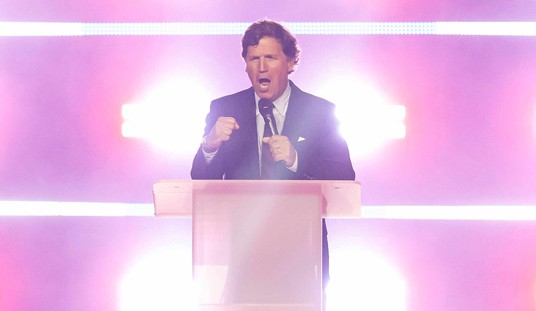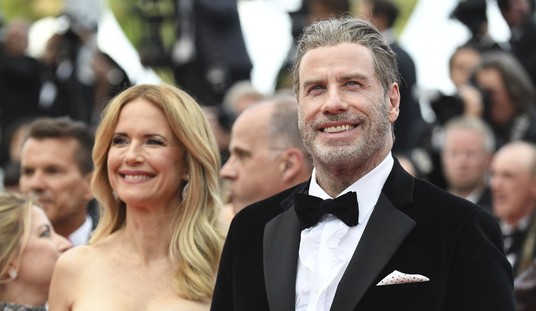I spent a lot of time with Noyce; indeed, I conducted his last television interview. And I wrote his obituary. And in musing about all of this for the BBC, and thinking back over Noyce’s contribution to Silicon Valley and the high tech revolution, I found myself not only growing sad, but frustrated.
Sad, because death has not treated Bob Noyce as well as life did. Most of the current generation of technogeeks have never heard of the man, even though the Internet, the personal computer and the mobile phone would not have existed without him. His life, remarkable as it was, isn’t taught in business schools. And outside of a building at Intel in Santa Clara, there are no parks or streets or monuments named after him. And when the Nobel committee finally got around to award the Nobel Prize for the integrated circuit, Noyce was already gone . . .though the recipient, Jack Kilby of Texas Instruments, to his credit publically stated that he wished that Bob had been there to share it with him.
Frustrated, because, in a very specific way, Silicon Valley and, for that matter, all of U.S. high technology, has never quite recovered from Noyce’s untimely death.
Let me explain. There is, at the very top of the tech world, a kind of unwritten but very real career trajectory. Just to get to the launch point requires you to have done almost the impossible . . . and then you leap into the stratosphere from there.
It goes like this: first must be a successful entrepreneur in a start-up company. Then the company has to become a industry, creating one milestone product after another. Then you must transform yourself from an entrepreneur into a real businessperson and continue to lead the company through all of the obstacles it must face to reach $100 million in sales and 1,000 or more employees. Meanwhile, you also must take the company “public” in its initial offering of stock – in the process evolving yourself from the CEO of a private to the CEO of a publically-owned company. Then you must take the company global, all while growing it to $1 billion in annual sales.
The number of people who have accomplished all of that in the last half-century would barely fill a modest cocktail party. And that’s just the beginning. After that, you need to develop the diplomatic skills to move beyond your company and become the voice of your particular industry at industry conferences, trade shows, etc. And finally, you need to achieve such a high reputation for fairness and probity that you are asked to serve as the voice of the entire industry – i.e., Congressional testimony, Presidential commissions, etc. You may even be asked to go to Washington and serve in the cabinet and affect the course of the nation.
In my lifetime, only three men have done all of this: David Packard, Bill Hewlett and Robert Noyce. To that list you can add a small group of individuals – Jack Welch and Andy Grove, for example — who weren’t strictly entrepreneurs and thus entered the path further along, but still made it to the halls of public power and influence. Still in all, we’re only talking about perhaps a dozen people who have made it to the top of the mountain.
On the one hand, we can look upon these careers as awesome examples of what can be accomplished with immense talent, discipline and ambition. But in doing so we shouldn’t overlook the critical contribution made by people in this position. In speaking for all, the give their industries a single, powerful voice of unimpeachable authority. They command respect, and in because of that, they are heard . . .and they get things done.
In talking with the BBC about Bob Noyce, I was reminded once again, that in dying comparatively young, Noyce denied that authoritative voice to the electronics industry for a generation. He should just now be leaving the public stage, after having mentored the next generation of leaders to take his place and to fight for the needs of Silicon Valley and the high tech world.
Instead, there has been a void. The job has stood unfilled now nearly two decades. Sure there have been a number of applicants – we’ve seen a growing number of high tech execs turned mayor or congressional representative or Presidential commission member. John Scully at Apple and Carly Fiorina nearly made it to top despite having failed the previous step. And now there is talk of eBay’s Meg Whitman running for Governor of California.
But what’s been missing is the mentorship. With Bill and Dave grown too old, and Noyce gone too young, there was no one there to advise these folks on statecraft and mold them into not just executives but true leaders. Imagine how much different the world might be if Noyce had had the time to train Steve Jobs – turning the Valley’s best candidate for leadership into the spokesman for the digital revolution, instead of merely its most antisocial tycoon. Noyce even had the authority to make Bill Gates listen to him – just picture what might have come from that.
Now, we in tech find ourselves in one of the most precarious, and dangerous, periods we’ve ever known. Thanks to oppressive regulation – Sarbanes-Oxley chief among them – that would never have been written had he had real leadership, we find ourselves for the first time in our history in a recession with no obvious pathway . . .and no one to lead us out. These are dark times indeed.
Still, there is one forlorn hope: Our new President was elected with considerable assistance from a small group of the current generation of Silicon Valley top executives – people like Eric Schmidt of Google, venture capitalists John Doerr and Mark Gorenberg and Ning’s Marc Andressen, entrepreneur Steve Spinner and Symantec CEO (and possible Commerce Secretary) John Thompson – and he owes them big in return. All of these individuals have been hugely successful, but none has ever shown much interest in speaking for anything beyond their own companies or interests.
Well, tough times call for great men and women. It is time for these folks to step up and pay back the industry that has rewarded them so handsomely. Someone needs to speak for all of U.S. high technology before it is too late. Someone needs to lead us into the hallways of the White House and Capitol. Someone needs to, at last, sit in the Robert Noyce chair.
Who will it be? Any takers out there?









Join the conversation as a VIP Member